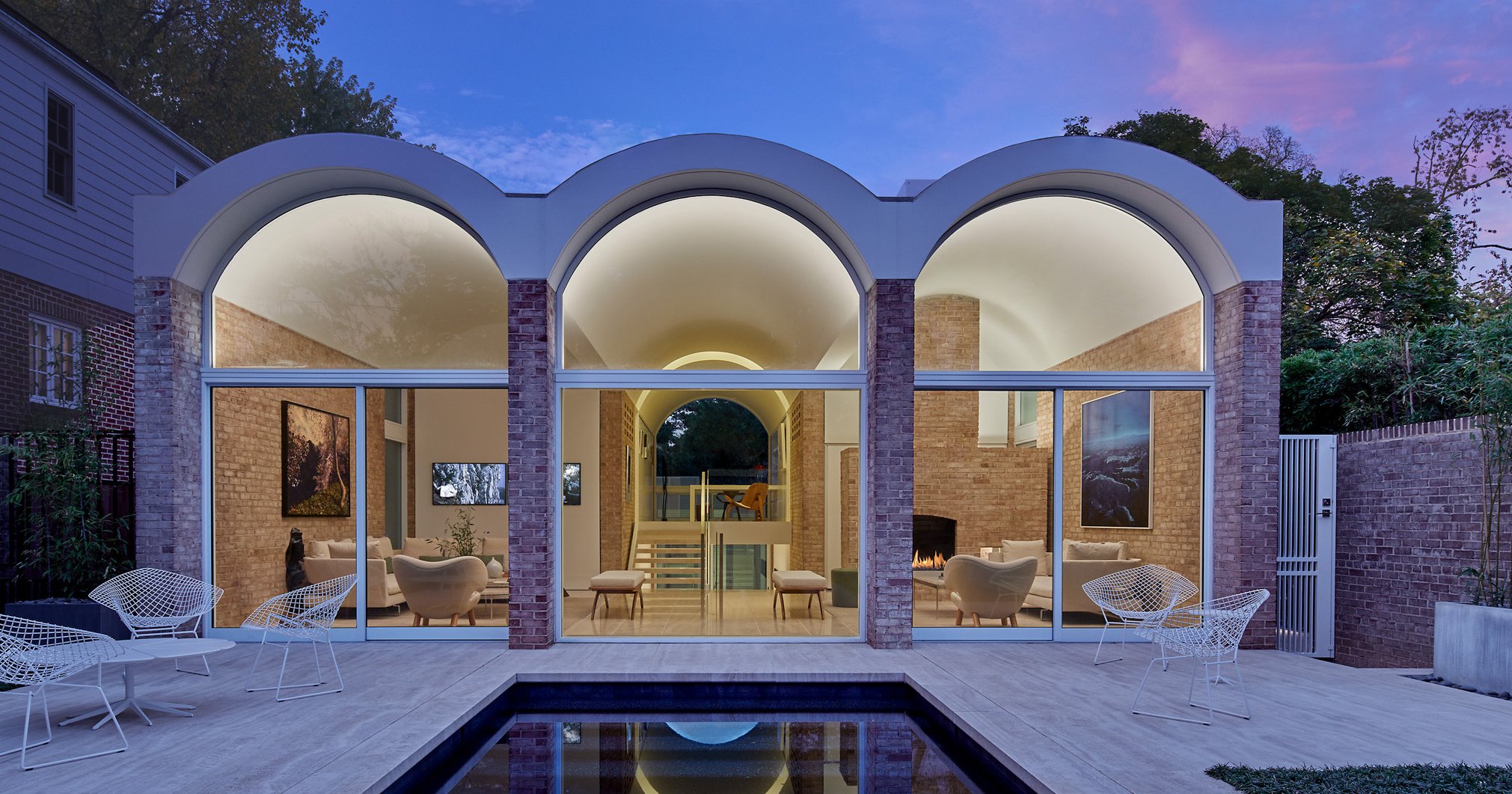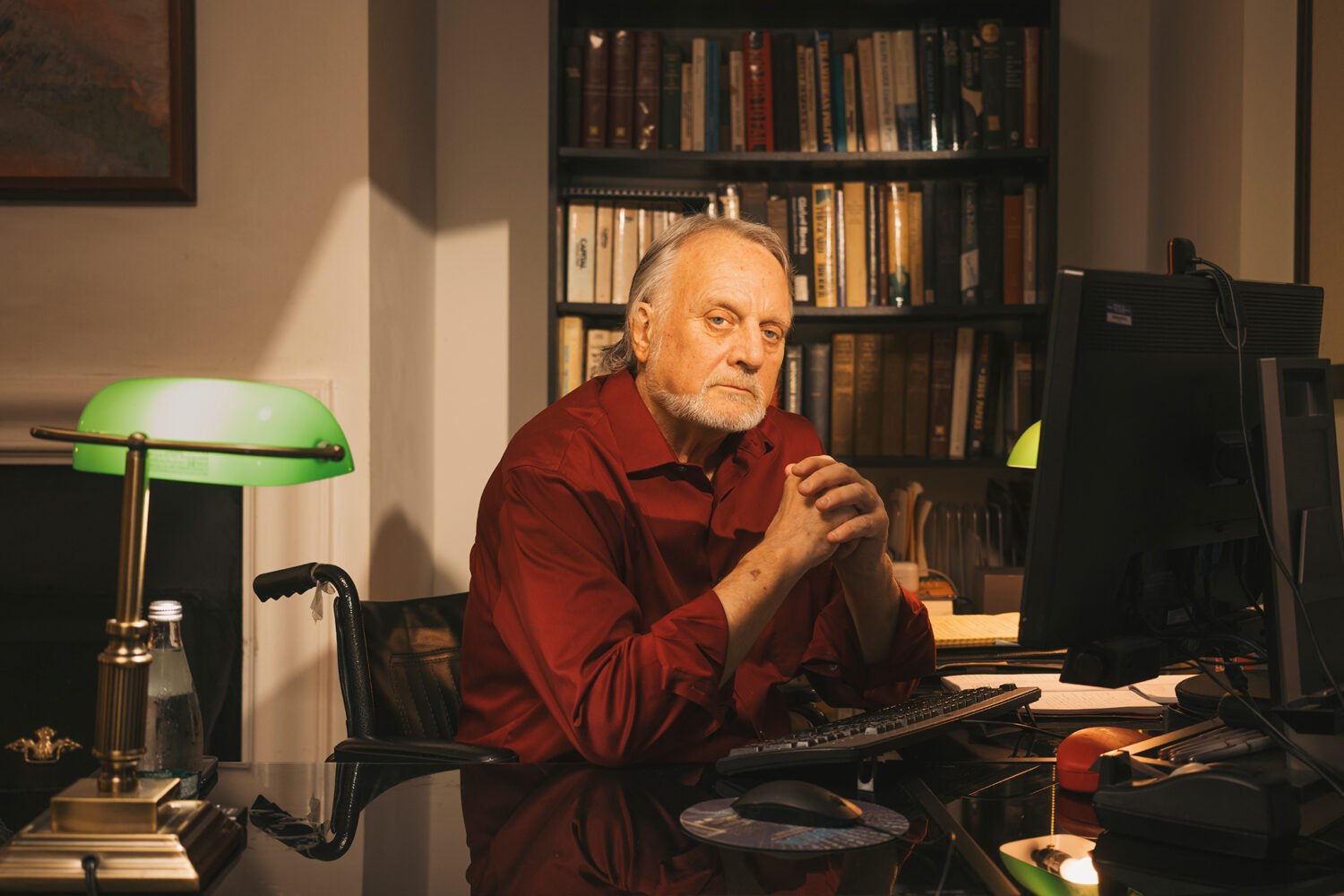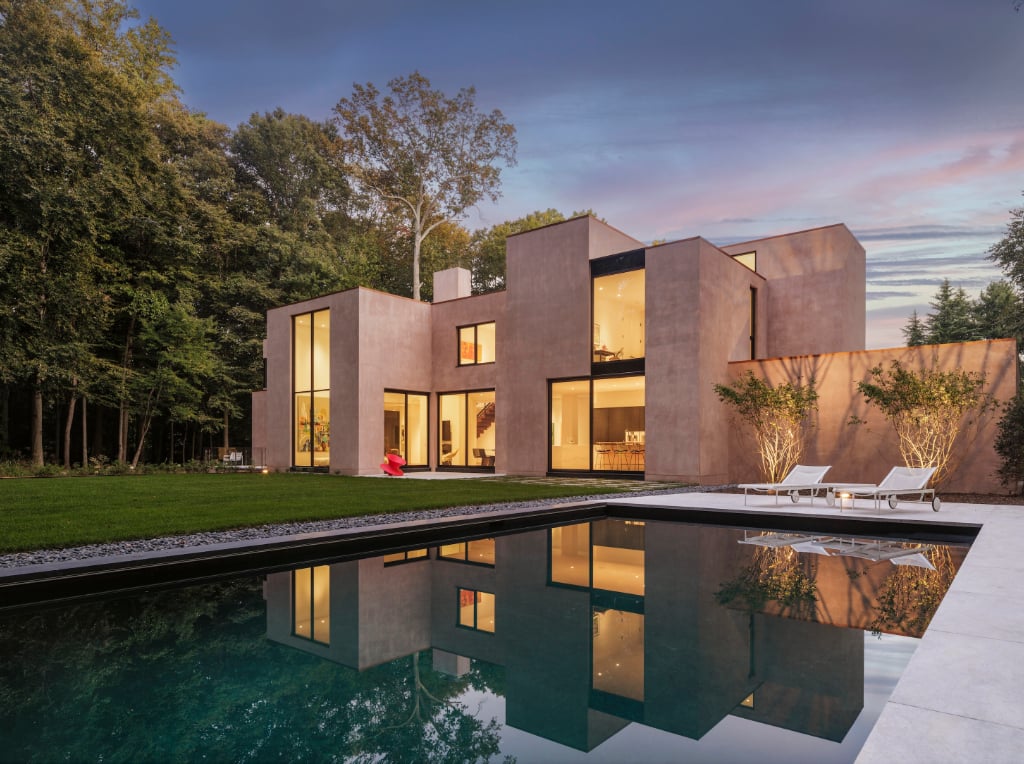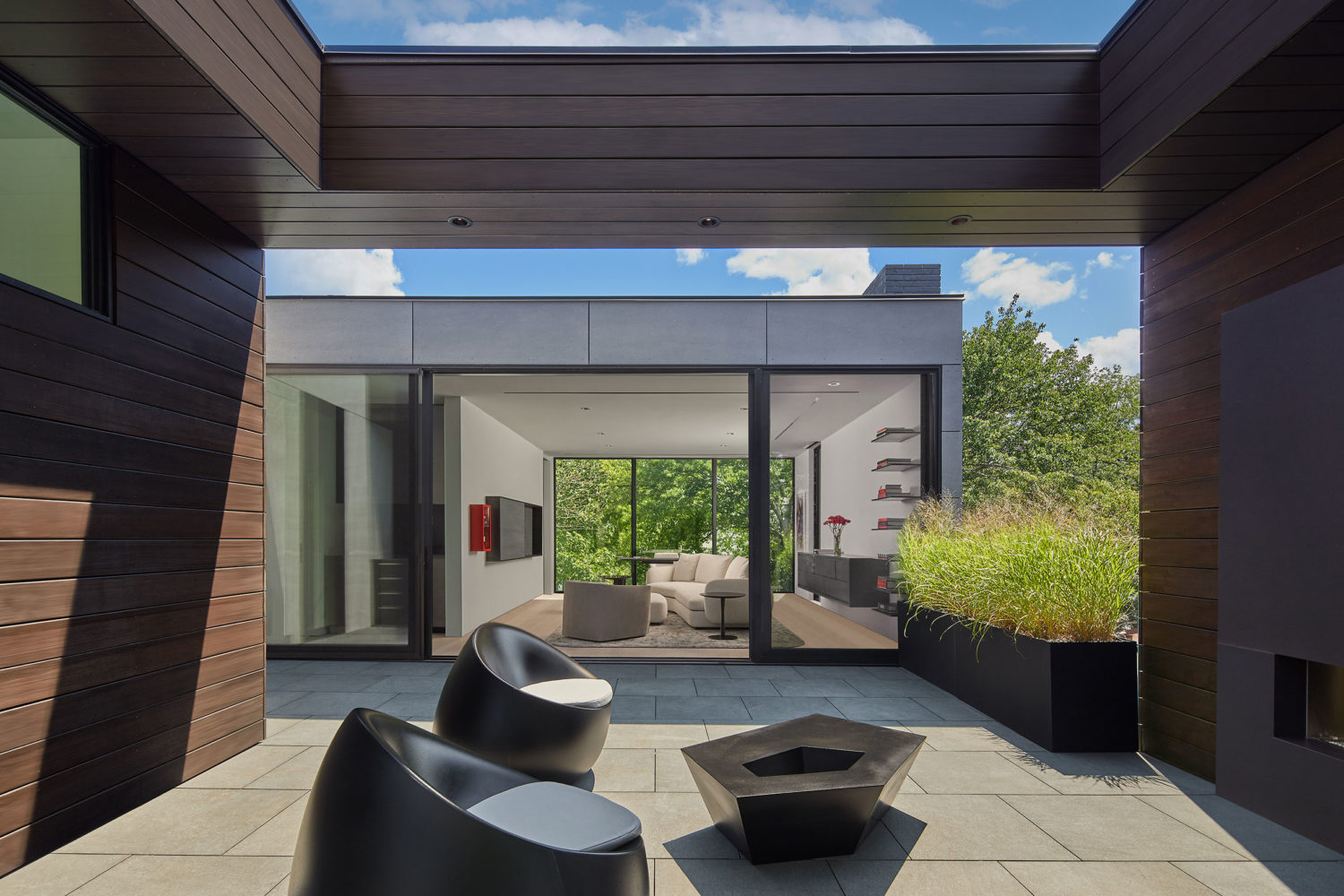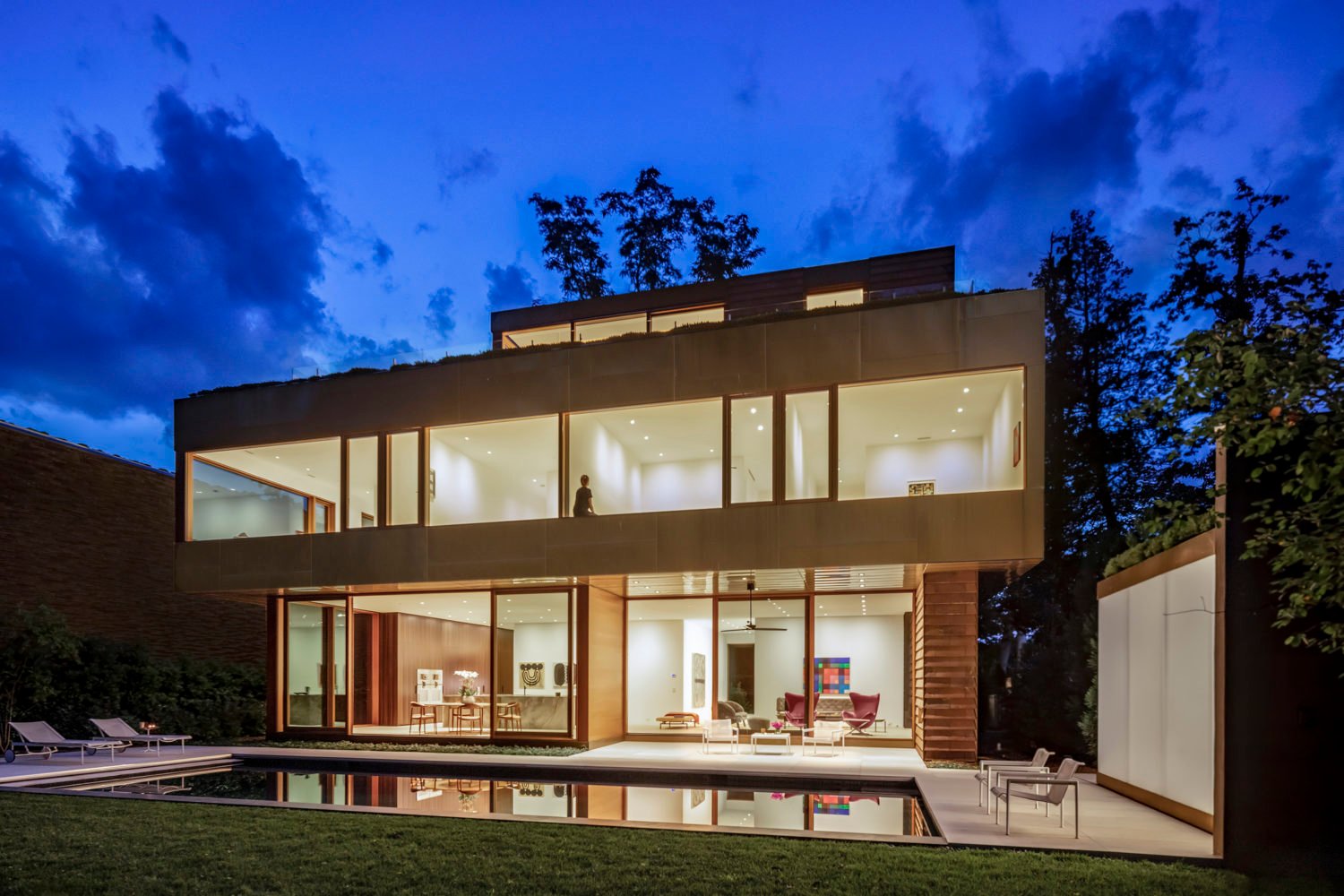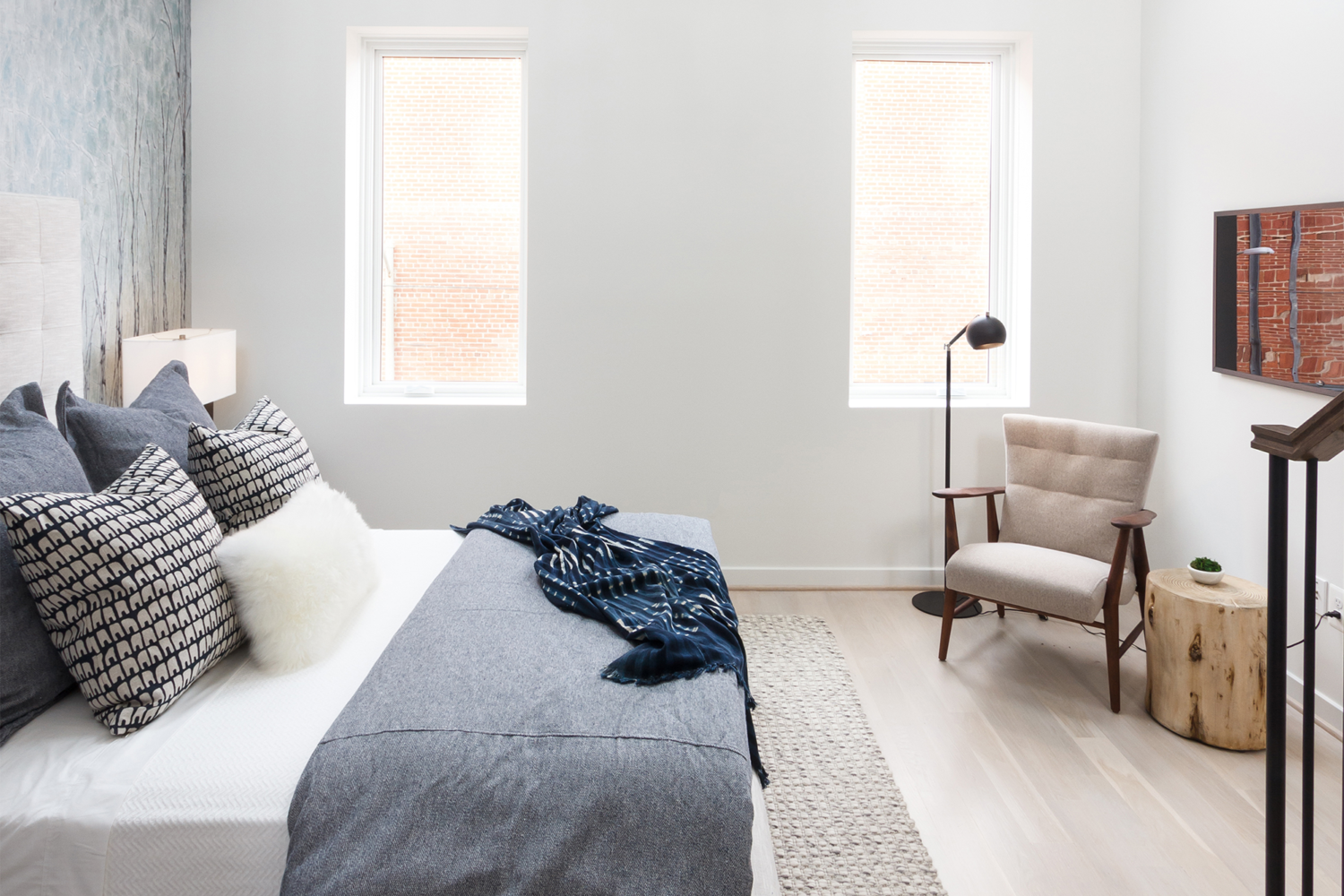Contents
Preserving Pei
Robert M. Gurney Architect
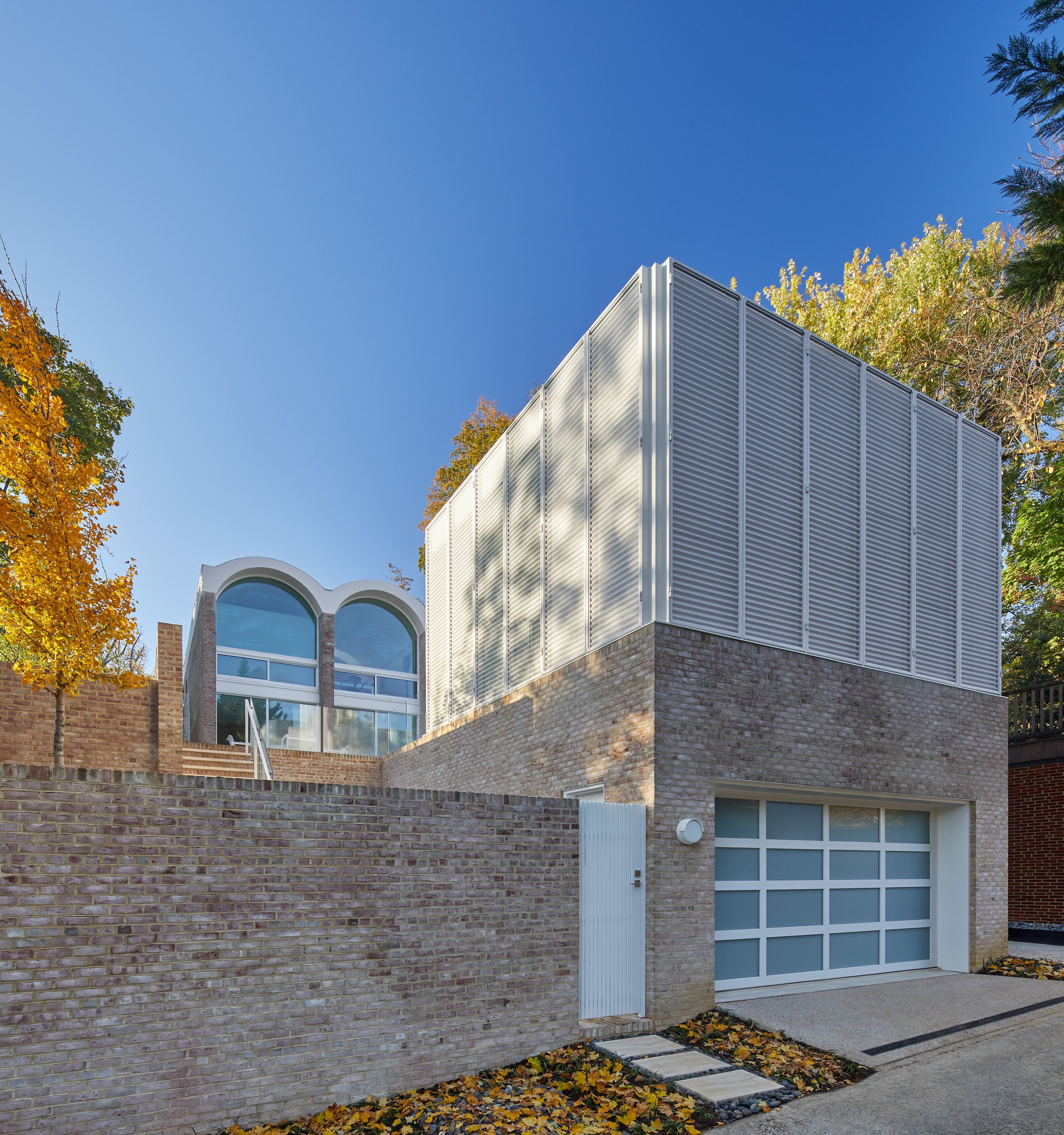
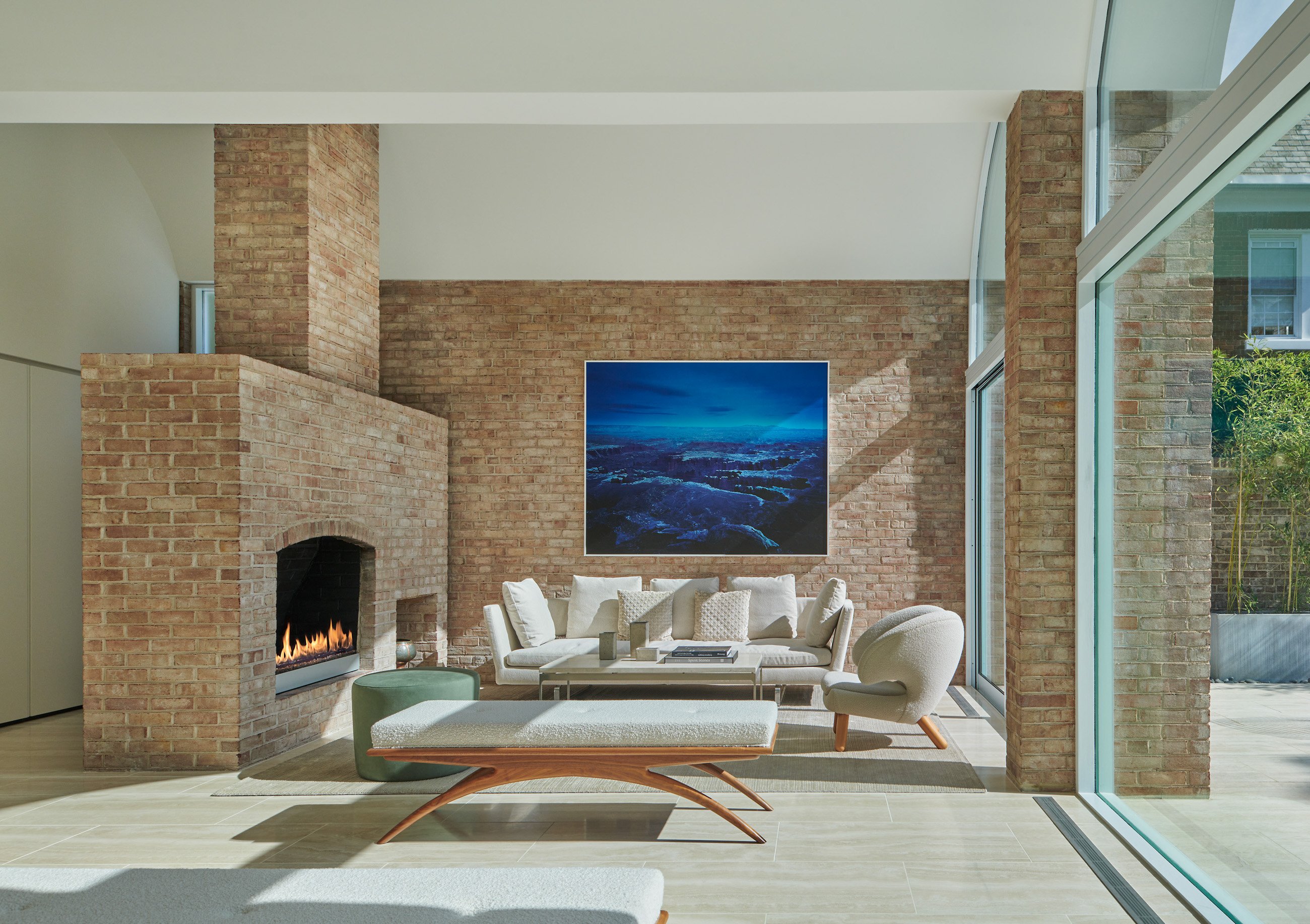
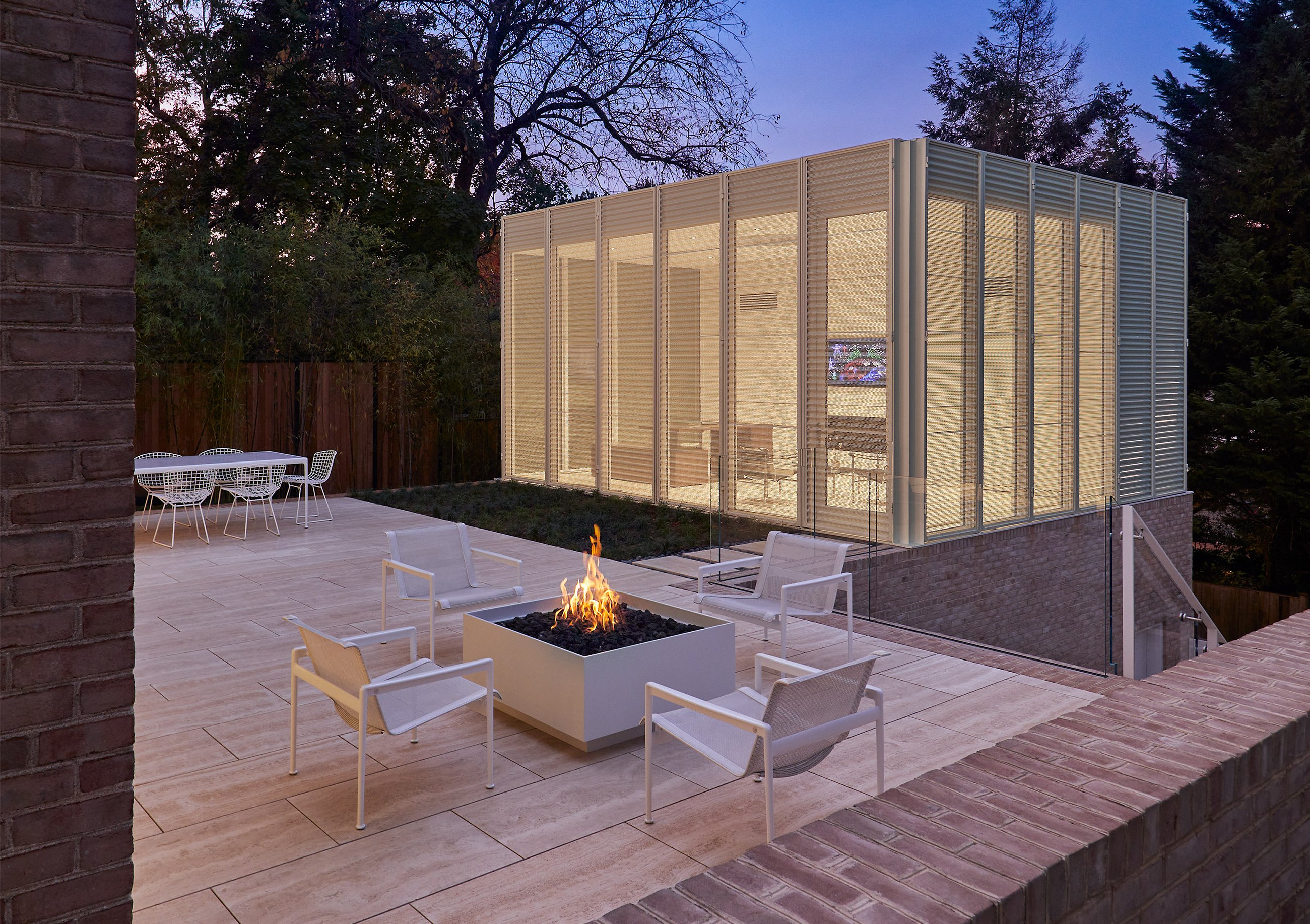
I.M. Pei, the architect responsible for the East Building of the National Gallery of Art, designed only three residences during his distinguished career. Slayton House in Cleveland Park, completed in 1960, is one of them. DC architect Robert Gurney restored the structure—updating the roof, insulation, plumbing, and electrical. Gurney also designed a two-story addition with a garage and an office wrapped in perforated metal screens; moved and expanded the kitchen; and added a guest bedroom and media room under the dining room and deck. “The new structure disappears, particularly at night,” the jury raved. The project “honors the original house.”
Back to Top
DC Modern
Wouter Boer Architects
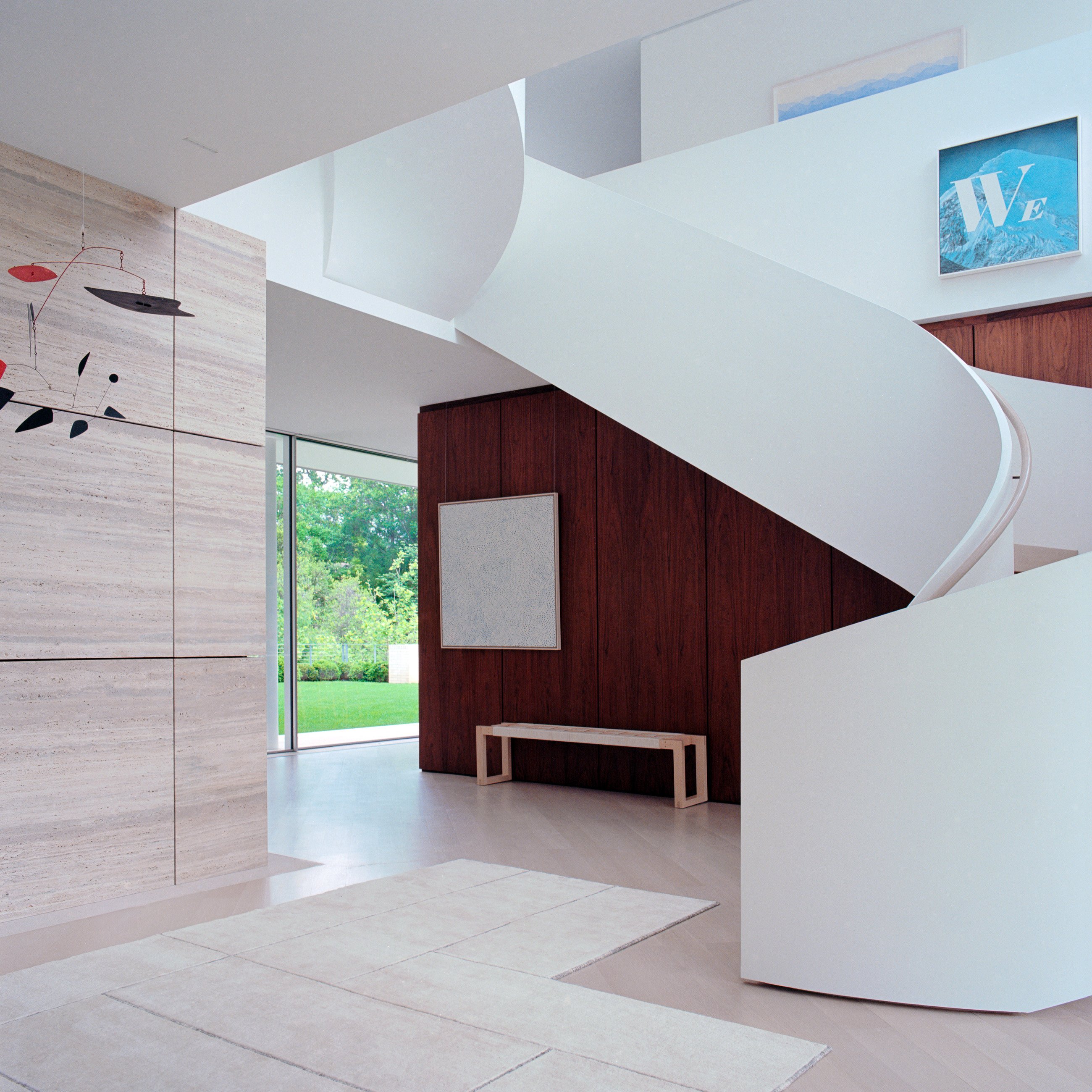
During the pandemic, when a young family in Northwest was looking for more space, they hired DC’s Wouter Boer Architects to design a home. The firm conceived of the entire lot as the house, ringing the property with an evergreen hedge and creating a steel-framed structure with floor-to-ceiling glass panels. Informed by the dictum that form follows function, the project blurs the boundaries between inside and out: “The outdoor spaces just become big outdoor rooms,” says Boer. The goal was “a house that isn’t fashionable” but timeless. Said the jury: “Restraint and simplicity are very hard to commit to. The details are very careful, very clear, very well done.”
Back to Top
Affordability Reimagined
Cunningham Quill Architects

Affordable housing can be well designed and dignified. That’s the message sent by Terraces East, built in Arlington and cited by the judges in the multifamily category. The project houses 77 affordable units, enables aging in place, includes a courtyard and other community gathering spaces, and offers views of the Army Navy Country Club next door. “Really good scale and proportion,” the judges said. For a project built with tax credits, “it’s really hard to do this quality of work.”
Back to Top
Hill History Transformed
Colleen Healey Architecture
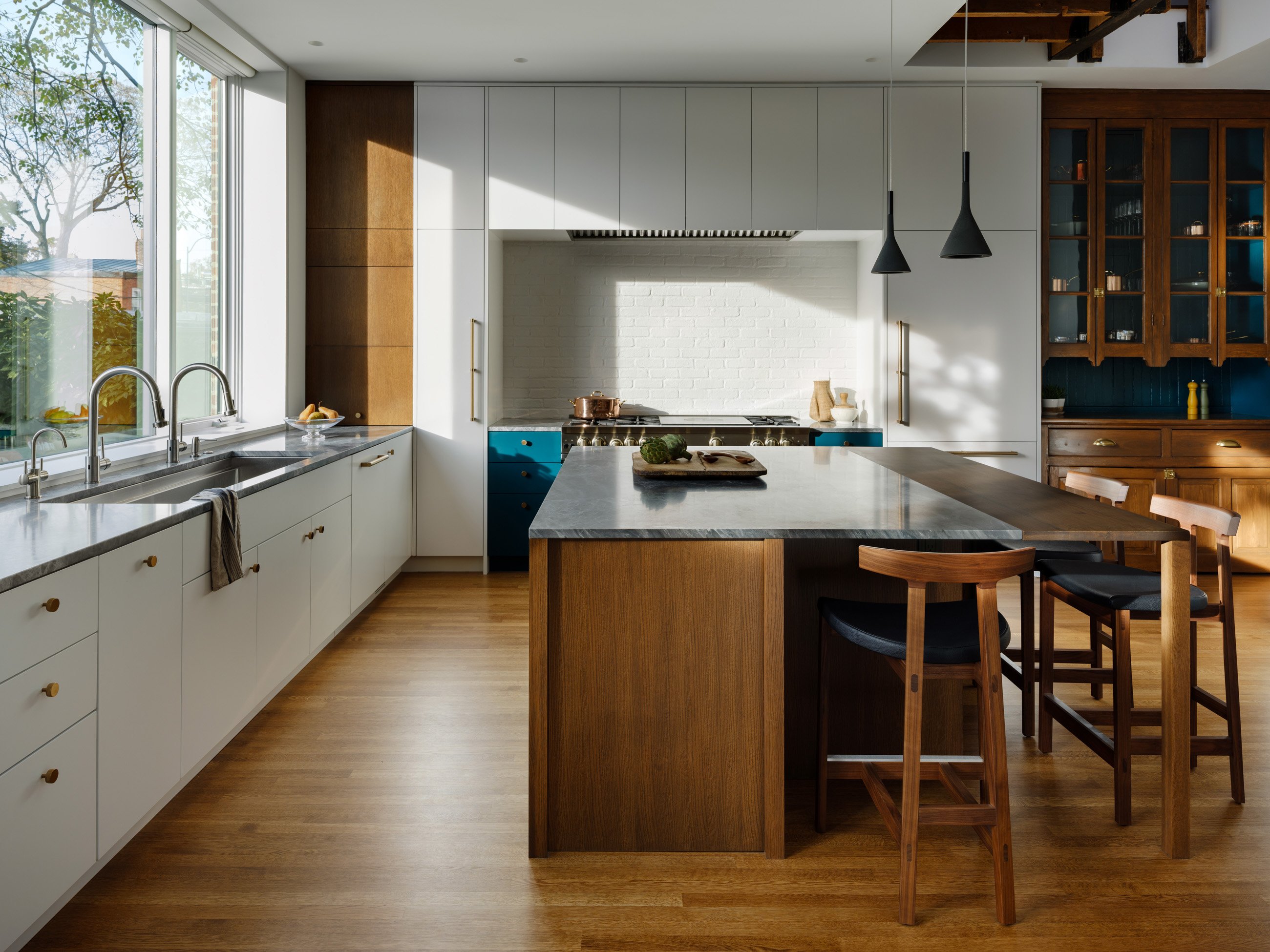
For this restoration/renovation of a 1910 brick rowhouse on Capitol Hill, originally designed by architect Clement Didden for a brewing magnate, DC architect Colleen Healey seamlessly merged old and new. She expanded the kitchen, adding a pantry and powder room, and built a new island to match the existing hutch; exposed the original trusses in the primary bedroom; crafted railings out of reclaimed joists and iron hangers; removed a redundant staircase to create a lightwell; and designed a wet room. The result is a marvelous interplay between the rustic and the refined, between the historic bones of the house and the contemporary additions. The judges called it a “beautiful homage” that was “very restrained” and “tastefully done.”
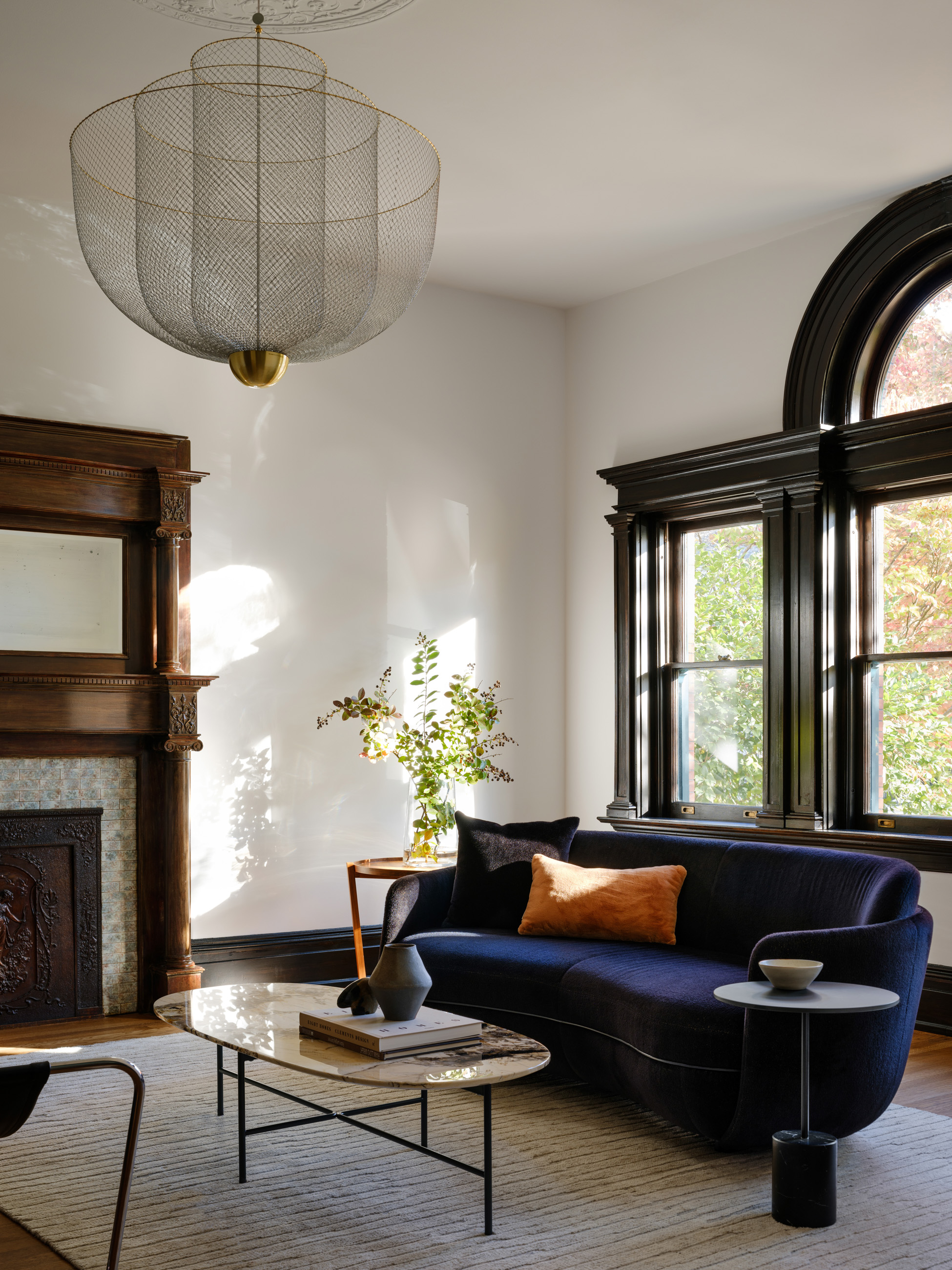
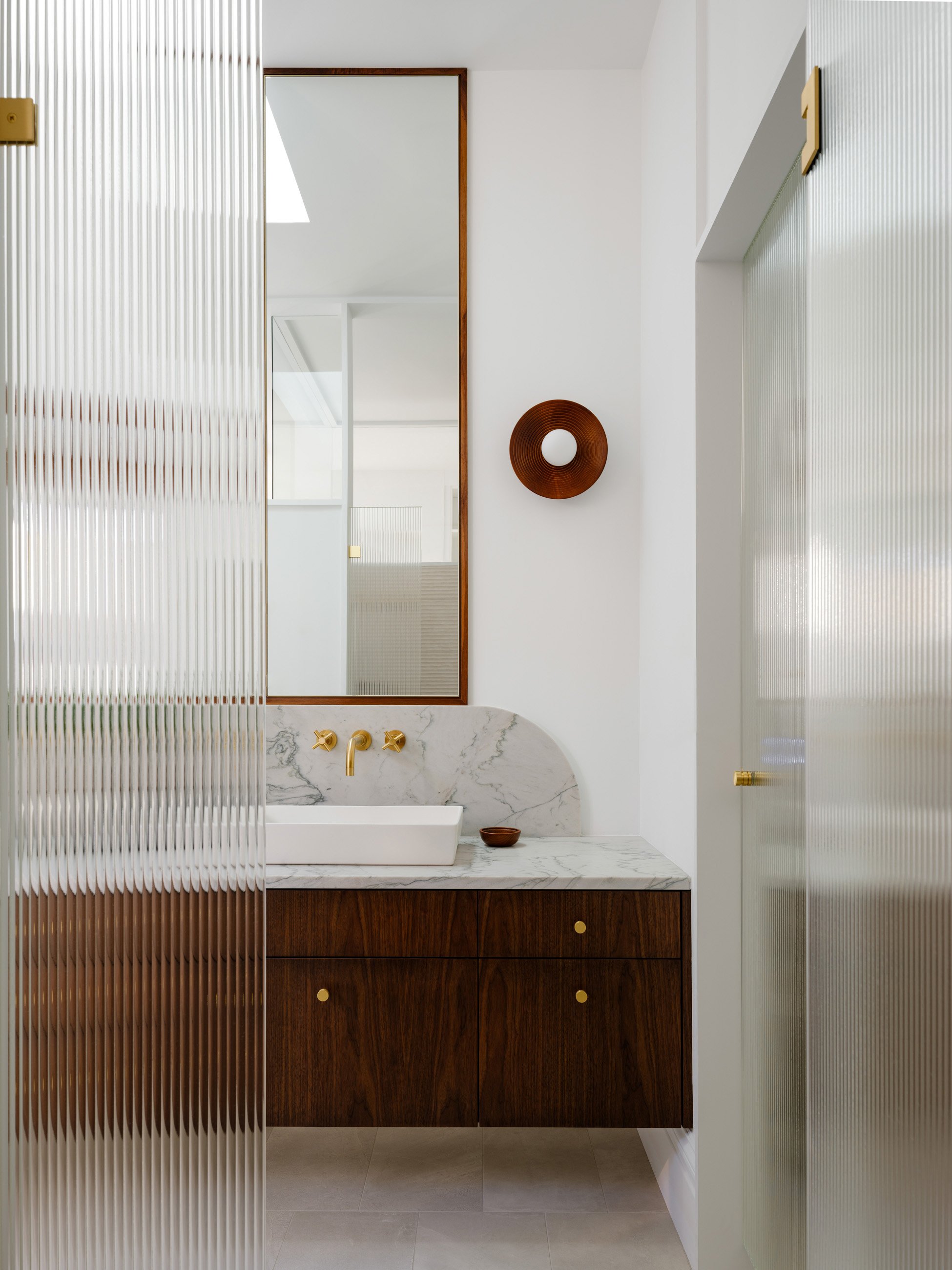
Back to Top
Towering Change
CookFox Architects and Torti Gallas + Partners
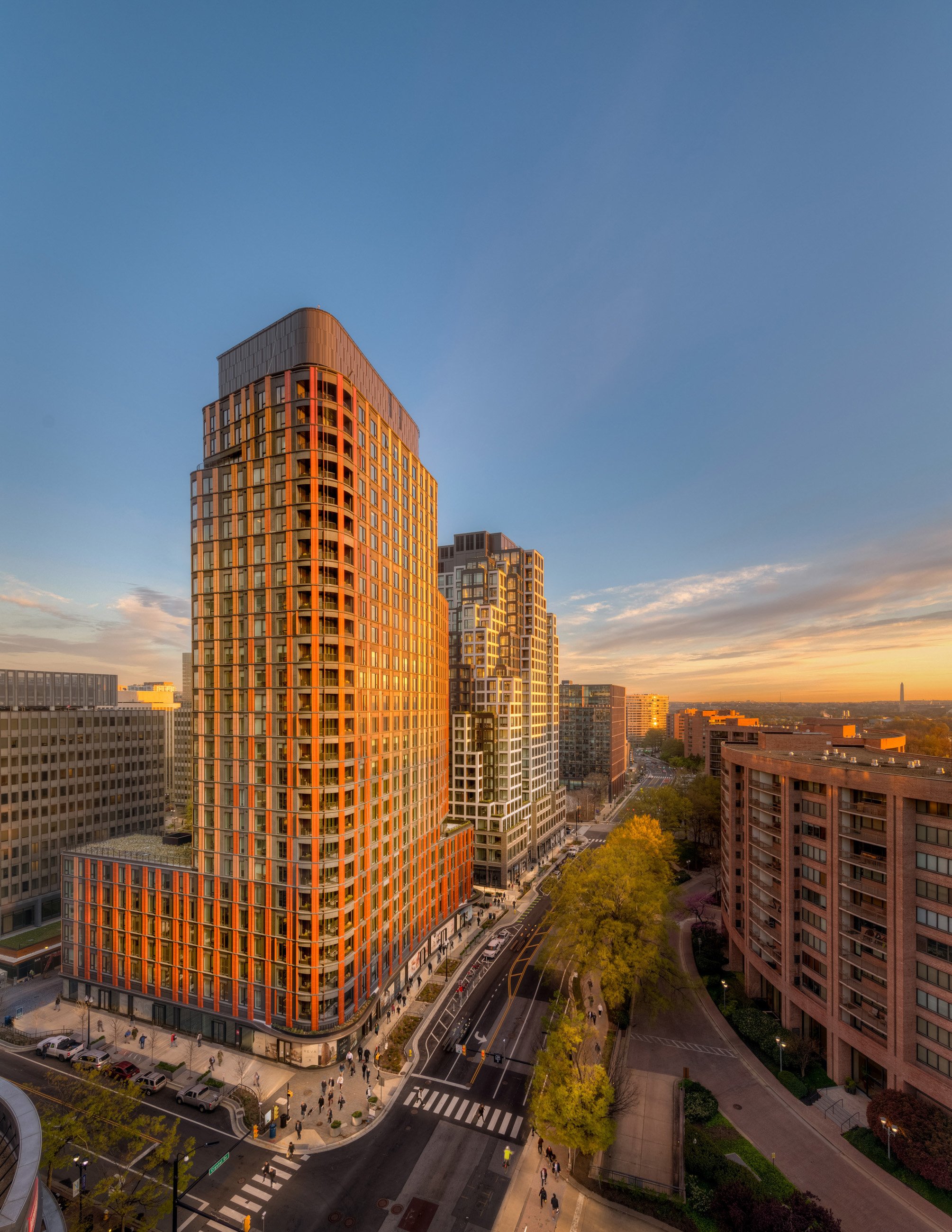
National Landing, home to Amazon, has been a neighborhood in transition. (See our guide.) Just look at the Reva, a 27-story residential tower, completed last year, that the judges honored in the multifamily category. Taking the place of a hulking concrete building previously on the site, the Reva represents a “more friendly and approachable” style of modernism, says Susie Teal, a partner with New York’s CookFox Architects. Apart from its curved forms—the jury lauded the design of the glazed terra-cotta facade— the LEED Silver–certified project helps revive the Arlington neighborhood’s street life. “There’s just so much more energy now along Crystal Drive than there was,” says Teal.
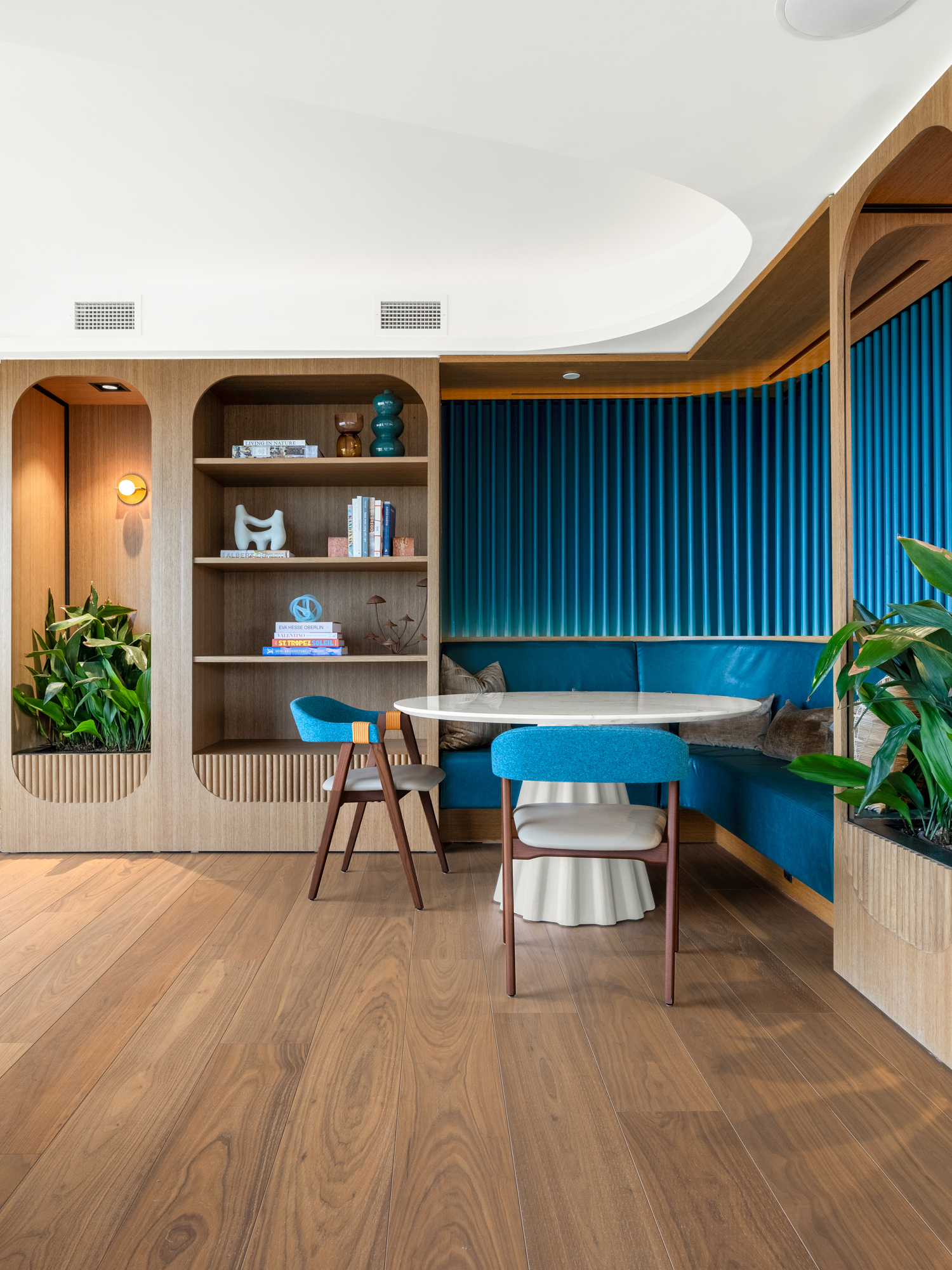
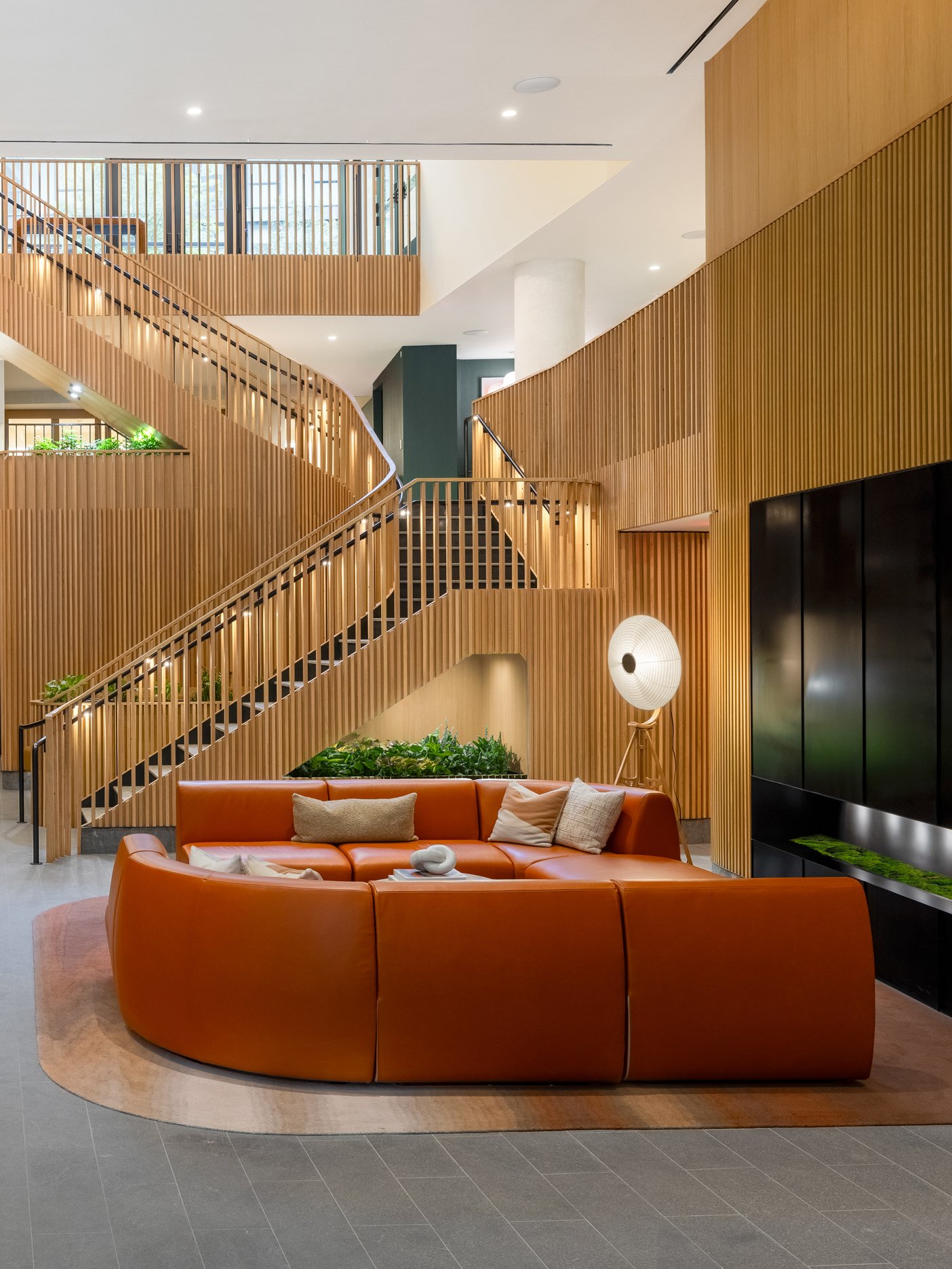
Back to Top
A Goodman, Reborn
Cook Architecture
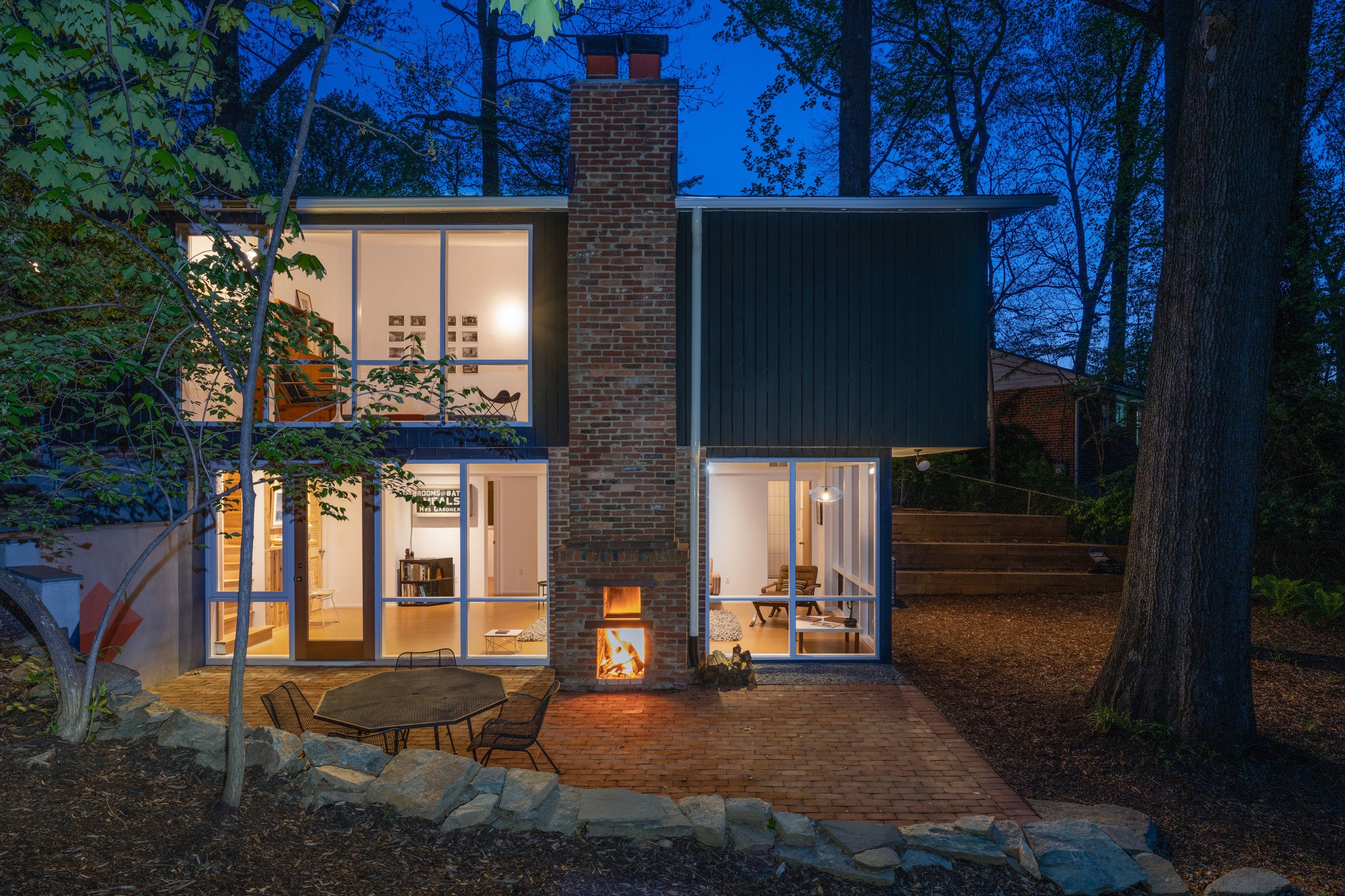
Michael Cook, the principal of Cook Architecture in Falls Church, has dedicated himself to preserving the midcentury houses that architect Charles Goodman designed in the Washington area. For this project, which the jury awarded with a “Design for Economy” citation, he restored and renovated a 1951 Goodman in Silver Spring’s Hammond Wood neighborhood: rebuilding the windows, restoring the original brickwork, reconfiguring the entrance, and adding contemporary finishes. Why tear down when you can revive a light-dappled slice of history? “I want to offer a clear alternative to contractor-driven design/build projects that are often out of scale and ruin the fabric” of a neighborhood, Cook says. The jury noted: “To give an existing structure new life is the most sustainable thing we can do.”
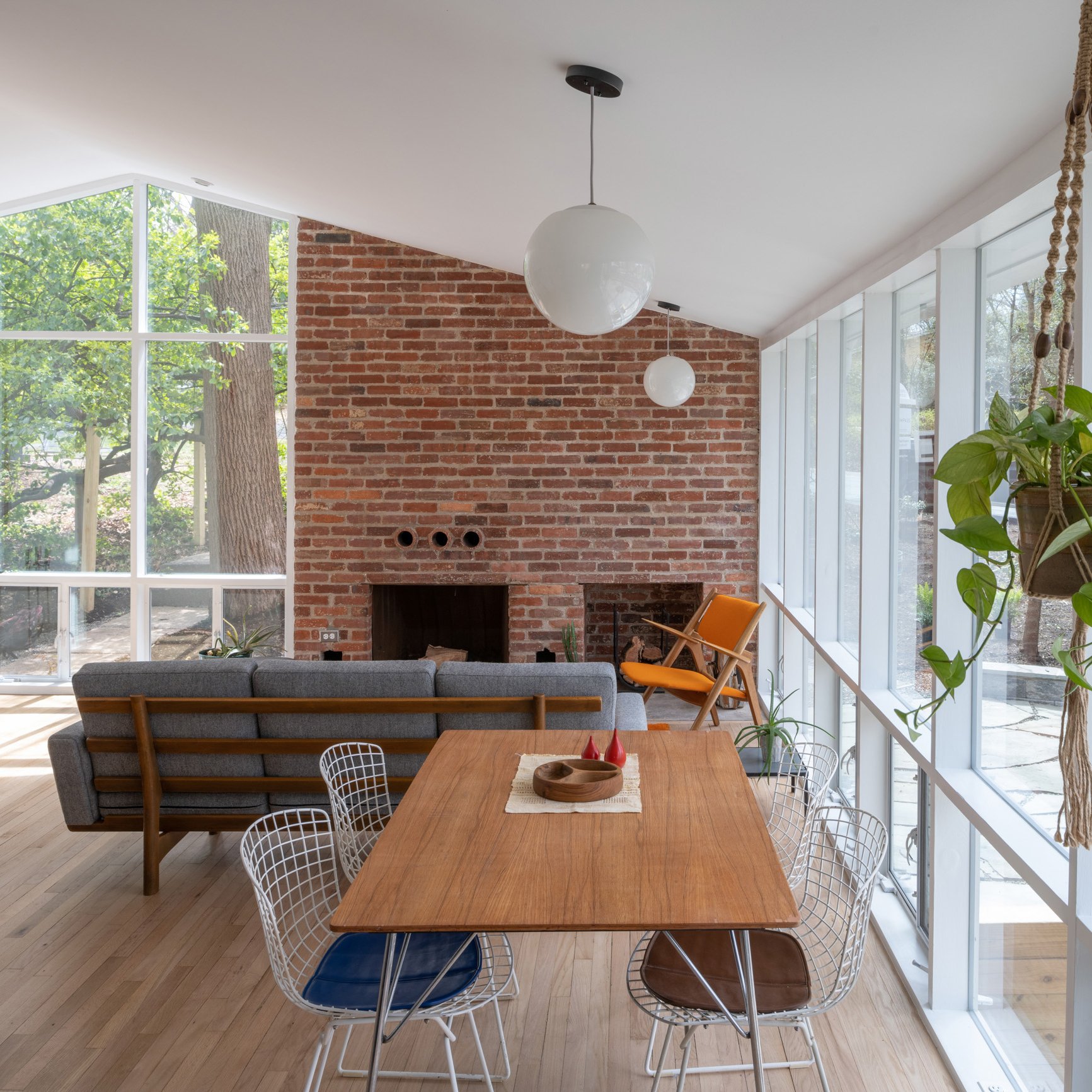

This article appears in the August 2025 issue of Washingtonian.
